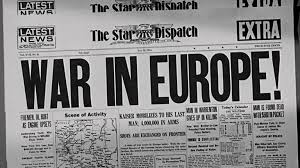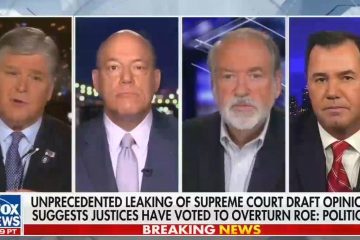Antifa: Significance and Impact in Today’s Protests

Introduction
Antifa, short for anti-fascist, has emerged as a polarising figure in contemporary social movements. Both supporters and critics cite its significance in standing against far-right ideologies, particularly amid rising global tensions surrounding issues of race, inequality, and civil rights. Understanding Antifa is crucial as it encapsulates a broader conversation about activism, freedom of speech, and the methods used to counter what its members perceive as threats to democracy.
Who are the Antifa?
Antifa is not a formal organisation but a loose collection of autonomous groups and individuals. Its roots can be traced back to the early 20th-century anti-fascist movements in Europe, but it has gained notoriety in recent years, particularly in the United States. The movement largely operates on the principles of direct action, often mobilising in response to far-right gatherings or events that are perceived as promoting hate.
Recent Events and Activities
In the wake of high-profile incidents, including the 2020 George Floyd protests and the January 6 Capitol riots, the visibility of Antifa has surged. Protests have seen participants donning variations of black clothing, often described as ‘black bloc’, to maintain anonymity and protect their identities. While Antifa has engaged in peaceful protests advocating for racial justice and equality, critics have pointed to instances of violence and property damage associated with some of its activities.
Local and federal governments have responded differently to Antifa’s actions. Some jurisdictions have instituted measures to contain their influence, while others have pushed back against characterisations of Antifa as a terrorist group, emphasising the movement’s focus on anti-fascism.
Public Perception and Divisive Narrative
The dialogue surrounding Antifa is complex and deeply divisive. Supporters argue that it is a necessary response to what they see as increasing fascist rhetoric and actions, while detractors view it as a threat to civil order and free expression. Media portrayal of Antifa varies widely, with some outlets framing it as a critical force against oppression, while others label it as instigators of violence.
Conclusion
As social issues continue to polarise communities globally, Antifa will likely remain at the centre of debates about activism and resistance. It serves as a reminder of the charged atmosphere in modern activism where issues of race, freedom of speech, and public safety intersect. Understanding the motivations, actions, and public perception of Antifa is important for those seeking to engage with the evolving landscape of social justice movements in today’s world. Looking ahead, dialogue surrounding this group may highlight the need for constructive approaches to conflict resolution in society.







